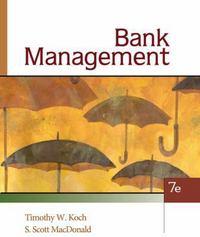Question
Assume a consumer has current-period income y = 100, future-period income y' = 50, current and future taxes t = 10 and t' = 2,
Assume a consumer has current-period income y = 100, future-period income y' = 50, current and future taxes t = 10 and t' = 2, respectfully, and faces a market real interest rate of r = 0.1, or 10 percent per period. The consumer would like to consume and equal amounts in both periods, that is, he/she would like to set c = c'.
a. What is the value of lifetime wealth, which is the present value of lifetime disposable income, of this consumer?
b. What is the future value of his/her lifetime wealth? Round off this value to the nearest integer.
c. What is the equation for this consumer's lifetime budget constraint?
d. Calculate his/her optimal current-period and future period consumption and optimal savings. Round off this value to the nearest integer.
e. The government decides to reduce current period taxes by 10 so that t = 0, but increases taxes by 11 in the future period so that t' = 13. Calculate this consumer's optimal current-period and future-period consumption and optimal savings after the change in current-period and future-period taxes.
Step by Step Solution
There are 3 Steps involved in it
Step: 1

Get Instant Access to Expert-Tailored Solutions
See step-by-step solutions with expert insights and AI powered tools for academic success
Step: 2

Step: 3

Ace Your Homework with AI
Get the answers you need in no time with our AI-driven, step-by-step assistance
Get Started


